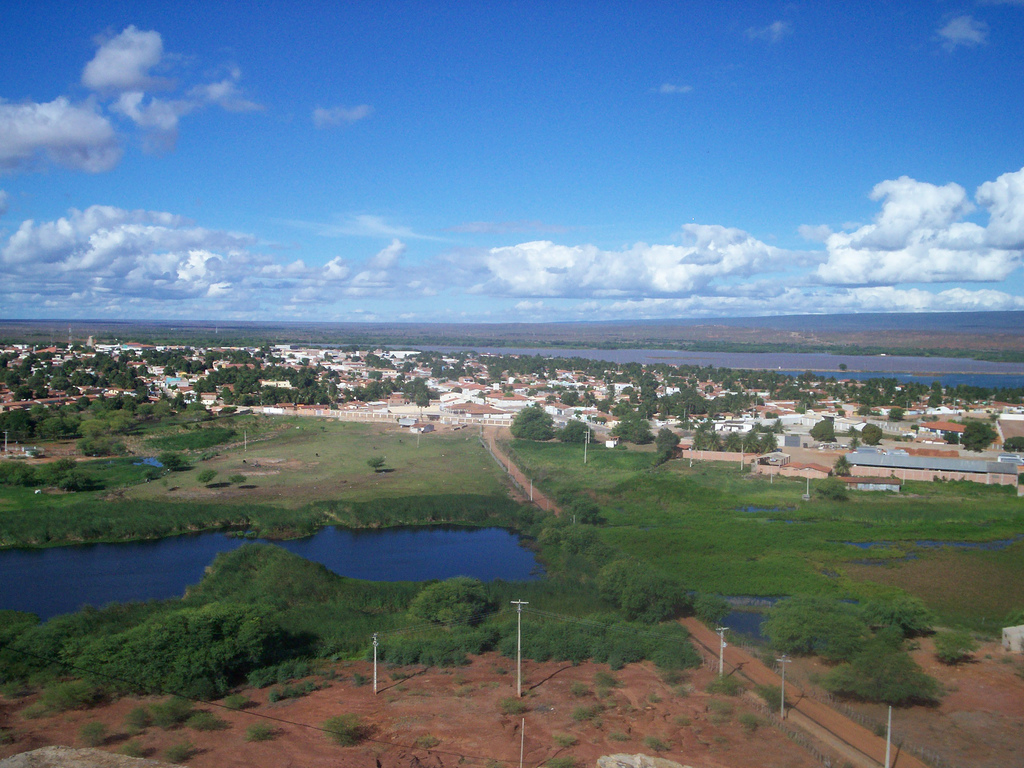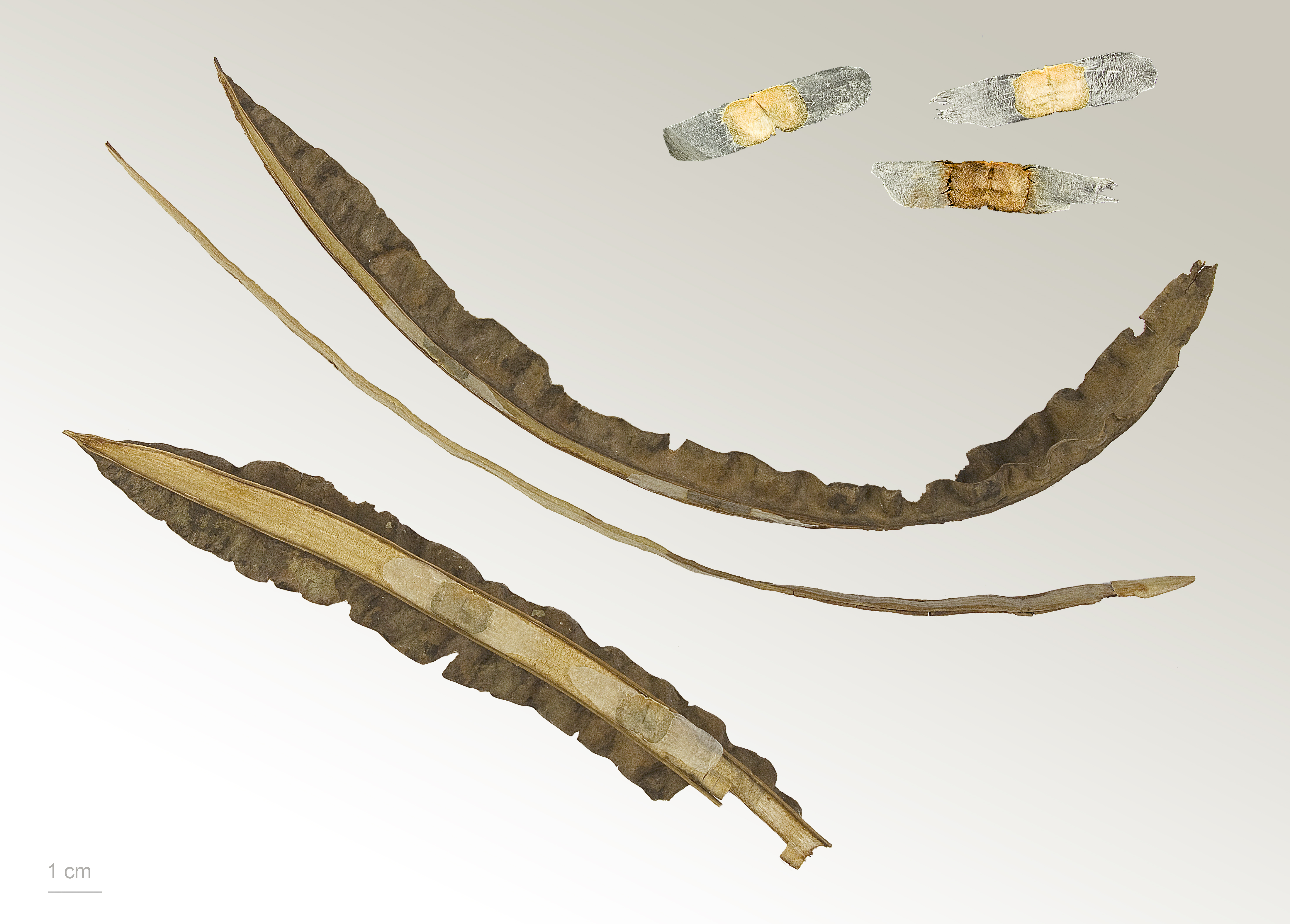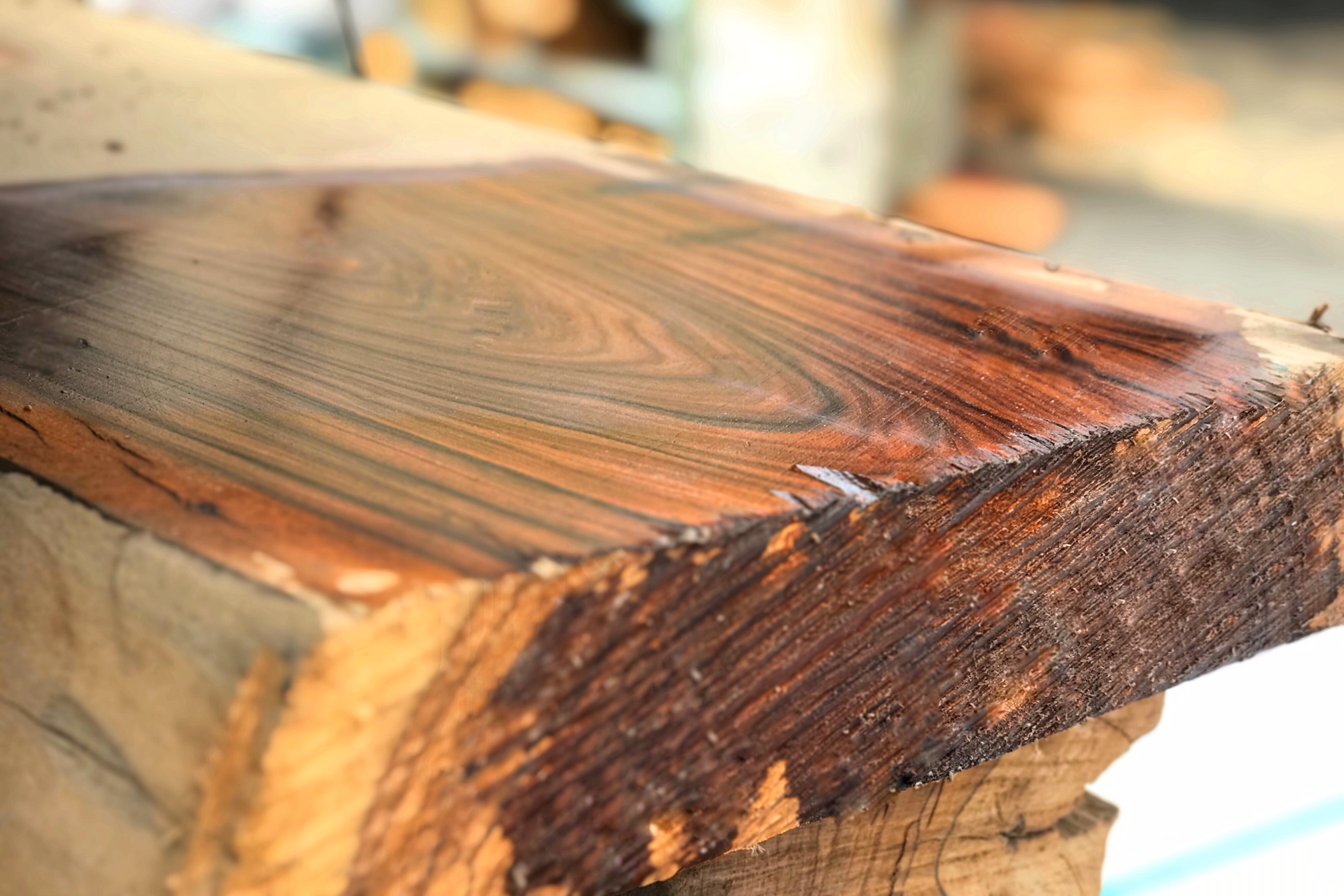|
Serra Negra Biological Reserve
Serra Negra Biological Reserve ( pt, Reserva Biológica de Serra Negra) is a Biological reserve in the state of Pernambuco, Brazil. History Indigenous languages such as Huamoé were spoken in the Serra Negra.Pompeu Sobrinho, Thomaz. 1958. ''Línguas Tapuias desconhecidas do Nordeste: Alguns vocabulários inéditos''. Boletim de Antropologia (Fortaleza-Ceará) 2. 3-19. The reserve of was created on 20 September 1982. The area at time of creation was . It became part of the Caatinga Ecological Corridor, created in May 2006. The reserve is in parts of the municipalities of Floresta, Inajá and Tacaratu in Pernambuco. It is administered by the Chico Mendes Institute for Biodiversity Conservation. Today, the purpose of the reserve is to fully preserve the biota without direct human interference other than actions to restore and preserve the natural balance, biological diversity and natural ecological processes. Ecosystem The Biological Reserve is classed as a "strict nature rese ... [...More Info...] [...Related Items...] OR: [Wikipedia] [Google] [Baidu] |
Petrolândia
Petrolândia (''Petroland'', named in honour of Dom Pedro II) is a municipality in the state of Pernambuco, Brazil. It is in the São Francisco Region. Petrolândia has a total area of 1056.6 square kilometers and had an estimated population of 36,901 inhabitants in 2020 according to the IBGE. It has one of the largest GDP per capita of Sertão due to the location of one hydroelectric power plant, property of CHESF. Languages The Kambiwá language, now extinct, was spoken in the village of Barreira in Petrolândia. Geography * State - Pernambuco * Region - São Francisco Region * Boundaries - Floresta (N), Jatobá (S), Tacaratu (E) and Bahia state (W) * Area - 1056.6 km2 * Elevation - 282 m * Hydrography - Moxotó River, tributary of São Francisco River * Vegetation - Caatinga hiperxerofila * Climate - semi-arid hot * Annual average temperature - 25.7 c * Main road - BR 232, BR BR 110, BR 316 * Distance to Recife - 430 km Economy The main economic activities ... [...More Info...] [...Related Items...] OR: [Wikipedia] [Google] [Baidu] |
Caatinga
Caatinga (, ) is a type of semi-arid tropical vegetation, and an ecoregion characterized by this vegetation in interior northeastern Brazil. The name "Caatinga" is a Tupi word meaning "white forest" or "white vegetation" (''caa'' = forest, vegetation, ''tinga'' = white). The Caatinga is a xeric shrubland and thorn forest, which consists primarily of small, thorny trees that shed their leaves seasonally. Cacti, thick-stemmed plants, thorny brush, and arid-adapted grasses make up the ground layer. Most vegetation experiences a brief burst of activity during the three-month long rainy season. Caatinga falls entirely within earth's tropical zone and is one of 6 major ecoregions of Brazil. It covers 850,000 km², nearly 10% of Brazil's territory. It is home to 26 million people and over 2000 species of plants, fish, reptiles, amphibians, birds, and mammals. The Caatinga is the only exclusively Brazilian biome, which means that a large part of its biological heritage canno ... [...More Info...] [...Related Items...] OR: [Wikipedia] [Google] [Baidu] |
Biological Reserves Of Brazil
Biology is the scientific study of life. It is a natural science with a broad scope but has several unifying themes that tie it together as a single, coherent field. For instance, all organisms are made up of cells that process hereditary information encoded in genes, which can be transmitted to future generations. Another major theme is evolution, which explains the unity and diversity of life. Energy processing is also important to life as it allows organisms to move, grow, and reproduce. Finally, all organisms are able to regulate their own internal environments. Biologists are able to study life at multiple levels of organization, from the molecular biology of a cell to the anatomy and physiology of plants and animals, and evolution of populations.Based on definition from: Hence, there are multiple subdisciplines within biology, each defined by the nature of their research questions and the tools that they use. Like other scientists, biologists use the scientific ... [...More Info...] [...Related Items...] OR: [Wikipedia] [Google] [Baidu] |
1982 Establishments In Brazil
__NOTOC__ Year 198 (CXCVIII) was a common year starting on Sunday (link will display the full calendar) of the Julian calendar. At the time, it was known as the Year of the Consulship of Sergius and Gallus (or, less frequently, year 951 '' Ab urbe condita''). The denomination 198 for this year has been used since the early medieval period, when the Anno Domini calendar era became the prevalent method in Europe for naming years. Events By place Roman Empire * January 28 **Publius Septimius Geta, son of Septimius Severus, receives the title of Caesar. ** Caracalla, son of Septimius Severus, is given the title of Augustus. China *Winter – Battle of Xiapi: The allied armies led by Cao Cao and Liu Bei defeat Lü Bu; afterward Cao Cao has him executed. By topic Religion * Marcus I succeeds Olympianus as Patriarch of Constantinople (until 211). Births * Lu Kai (or Jingfeng), Chinese official and general (d. 269) * Quan Cong, Chinese general and ... [...More Info...] [...Related Items...] OR: [Wikipedia] [Google] [Baidu] |
Grey-breasted Parakeet
The grey-breasted parakeet (''Pyrrhura griseipectus'') is a species of parrot in the family Psittacidae. It is endemic to Ceará in north-eastern Brazil and restricted to a few mountains with relatively humid forest and woodland in a region otherwise dominated by arid Caatinga. They now only live in two locations, Serra do Baturité and Quixadá. Until recently, it was considered a subspecies of the white-eared parakeet, as ''Pyrrhura leucotis griseipectus''. The split was based on their widely disjunct distributions, differences in measurement of bill, and subtle differences in colour of crown, ear-coverts and chest. A recent study based on mtDNA has failed to confirm the status of the grey-breasted parakeet as a species distinct from the white-eared parakeet, while confirming the species status of Pfrimer's parakeet Pfrimer's parakeet (''Pyrrhura pfrimeri'') is a non-migratory species within the parrot family ''Psittacidae''. It also is known as Pfrimer's conure, Goias parak ... [...More Info...] [...Related Items...] OR: [Wikipedia] [Google] [Baidu] |
Tabebuia
''Tabebuia'' is a genus of flowering plants in the family Bignoniaceae.Eberhard Fischer, Inge Theisen, and Lúcia G. Lohmann. 2004. "Bignoniaceae". pages 9-38. In: Klaus Kubitzki (editor) and Joachim W. Kadereit (volume editor). ''The Families and Genera of Vascular Plants'' volume VII. Springer-Verlag: Berlin; Heidelberg, Germany. The common name "roble" is sometimes found in English. ''Tabebuias'' have been called "trumpet trees", but this name is usually applied to other trees and has become a source of confusion and misidentification. ''Tabebuia'' consists almost entirely of trees, but a few are often large shrubs. A few species produce timber, but the genus is mostly known for those that are cultivated as flowering trees.David J. Mabberley. 2008. ''Mabberley's Plant-Book'' third edition (2008). Cambridge University Press: UK. ''Tabebuia'' is native to the American tropics and subtropics from Mexico and the Caribbean to Argentina. Most of the species are from Cuba and H ... [...More Info...] [...Related Items...] OR: [Wikipedia] [Google] [Baidu] |
Copaifera
''Copaifera'' is a genus of tropical plants in the legume family Fabaceae. The scientific name means "copal-bearer" (or more accurately, ''copaiba''-bearer), since economically important resins and essential oils can be acquired from them. They are also important for production of biodiesel and wood, especially ''Copaifera langsdorffii''. Other species are threatened, mainly by deforestation. Oil extracts from the genus are of particular interest as a source of antimycobacterial agents. Notable species *''Copaifera epunctata'' *'' Copaifera guyanensis'' *''Copaifera langsdorffii'' – Diesel tree, kerosene tree, kupa'y, cabismo, copaúva *''Copaifera martii'' *''Copaifera multijuga'' *''Copaifera officinalis'' *''Copaifera panamensis'' – Cabimo *''Copaifera reticulata'' *''Copaifera salikounda'' *''Copaifera trapezifolia'' *''Copaifera cearensis'' *''Copaifera jacquinii'' *''Copaifera coriacea'' See also *Copaene Copaene, or more precisely, α-copaene, is the common (or ... [...More Info...] [...Related Items...] OR: [Wikipedia] [Google] [Baidu] |
Libidibia Ferrea
''Libidibia ferrea'', formerly ''Caesalpinia ferrea'', and commonly known as pau ferro, Jucá, Brazilian ironwood, morado, or leopard tree, is a tree found in Brazil and Bolivia. Wood Most species of ''Caesalpinia'' s.l. have poorly defined growth rings, with isolated vessels arranged in radial multiples. Pitting between vessels is alternate and covered, and fibres are generally not divided by a septum. The axial (i.e., longitudinal) parenchyma varies from a winged shape to confluent, and is irregularly storied (i.e., layered), while the rays (perpendicular to growth rings) are of variable height and generally comprise a single or double cell width. ''Libidibia'' in particular has layered longitudinal parenchyma and narrow homocellular (i.e., of uniform type) rays without crystals in the ray cells. Uses Its wood is often used for making fingerboards for electric guitars and basses. It has a similar feel and similar tonal attributes to rosewood, but is near 1000 points soft ... [...More Info...] [...Related Items...] OR: [Wikipedia] [Google] [Baidu] |
Inselberg
An inselberg or monadnock () is an isolated rock hill, knob, ridge, or small mountain that rises abruptly from a gently sloping or virtually level surrounding plain. In Southern Africa a similar formation of granite is known as a koppie, an Afrikaans word ("little head") from the Dutch diminutive word ''kopje''. If the inselberg is dome-shaped and formed from granite or gneiss, it can also be called a bornhardt, though not all bornhardts are inselbergs. An inselberg results when a body of rock resistant to erosion, such as granite, occurring within a body of softer rocks, is exposed by differential erosion and lowering of the surrounding landscape. Etymology Inselberg The word ''inselberg'' is a loan word from German, and means "island mountain". The term was coined in 1900 by geologist Wilhelm Bornhardt (1864–1946) to describe the abundance of such features found in eastern Africa. At that time, the term applied only to arid landscape features. However, it has ... [...More Info...] [...Related Items...] OR: [Wikipedia] [Google] [Baidu] |
Biological Reserve (Brazil)
A biological reserve ( pt, Reserva biológica, Rebio) in Brazil is a legally defined type of protected area of Brazil, a conservation unit that aims for full preservation of biota and other natural attributes without human interference. It may be visited only with prior approval of the responsible agency, and only for research or educational purposes. Definition A "Biological reserve" in Brazil is one of the Integral Protection Units defined by Article 13 of Law No. 9,985 of 18 July 2000, National System of Conservation Units (SNUG). The biological reserve is public property. When it is established any private lands within its limits are expropriated. The manager of the biological reserve must prepare a management plan for approval by the responsible agency. The approved management plan is accessible by the public. This category of conservation unit aims at full preservation of biota and other natural attributes without direct human interference or environmental changes. The ex ... [...More Info...] [...Related Items...] OR: [Wikipedia] [Google] [Baidu] |
IUCN Protected Area Categories
IUCN protected area categories, or IUCN protected area management categories, are categories used to classify protected areas in a system developed by the International Union for Conservation of Nature (IUCN). The enlisting of such areas is part of a strategy being used toward the conservation of the world's natural environment and biodiversity. The IUCN has developed the protected area management categories system to define, record and classify the wide variety of specific aims and concerns when categorising protected areas and their objectives. This categorisation method is recognised on a global scale by national governments and international bodies such as the United Nations and the Convention on Biological Diversity. Categories Category Ia – strict nature reserve A strict nature reserve (IUCN Category Ia) is an area which is protected from all but light human use in order to protect its biodiversity and also possibly its geological/geomorphical features. These area ... [...More Info...] [...Related Items...] OR: [Wikipedia] [Google] [Baidu] |
Chico Mendes Institute For Biodiversity Conservation
The Chico Mendes Institute for Biodiversity Conservation (Portuguese: ''Instituto Chico Mendes de Conservação da Biodiversidade'', ICMBio) is the Brazilian Ministry of the Environment's administrative arm."Brazilian Federal Law 11.516/2007 (Portuguese)". http://www.planalto.gov.br/ccivil_03/_ato2007-2010/2007/lei/l11516.htm It is named after the environmental activist Chico Mendes Francisco Alves Mendes Filho, better known as Chico Mendes (; 15 December 1944 – 22 December 1988), was a Brazilian rubber tapper, trade union leader and environmentalist. He fought to preserve the Amazon rainforest, and advocated for the h .... References Nature conservation in Brazil Executive branch of Brazil Research institutes in Brazil Biodiversity databases Government agencies established in 2007 Environmental organizations established in 2007 2007 establishments in Brazil {{brazil-gov-stub, date=March 2014 ... [...More Info...] [...Related Items...] OR: [Wikipedia] [Google] [Baidu] |

.jpg)



